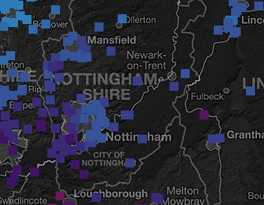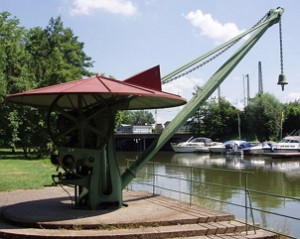
Weave is a new web based tool for use by novices and experts alike, to develop analysis and to visualise the results in a clear and informative way.
Weave has been developed at the Institute for Visualization and Perception Research of the University of Massachusetts Lowell in partnership with the Open Indicators Consortium, a fifteen member national collaborative of public and nonprofit organizations working to improve access to more and higher quality data.
As part of our ongoing list of resources to help develop understanding of and access to the tools for better data analysis, Weave is a perfect candidate.
Free and Open Source, with levels of interaction that can suit those simply exploring the techniques of data analysis and visualisation – Weave should be a go to tool for young people in the UK, wishing to explore or develop their skills in data analysis.
With the impending curriculum changes in the UK, and the governments revitalised commitment to Open Source software, Weave should be part of the new ICT landscape for young people, we would argue.
You can see a great example of the software in use delivering an analysis of the recent UK election here. ( A great U.S. view of our electoral system…).
You can see more about this software, and download it, from the Weave Wiki pages here. To see the software deployed and to interact with the data use this example page here.
You can reach the Collected Works home page here.
 Kings College London, under the auspices of Professor Robert Plomin, Director of the Twins Early Development Study, has been compiling and analysing data and spatial information
Kings College London, under the auspices of Professor Robert Plomin, Director of the Twins Early Development Study, has been compiling and analysing data and spatial information  Project in a Box have recently revised and updated their
Project in a Box have recently revised and updated their 
